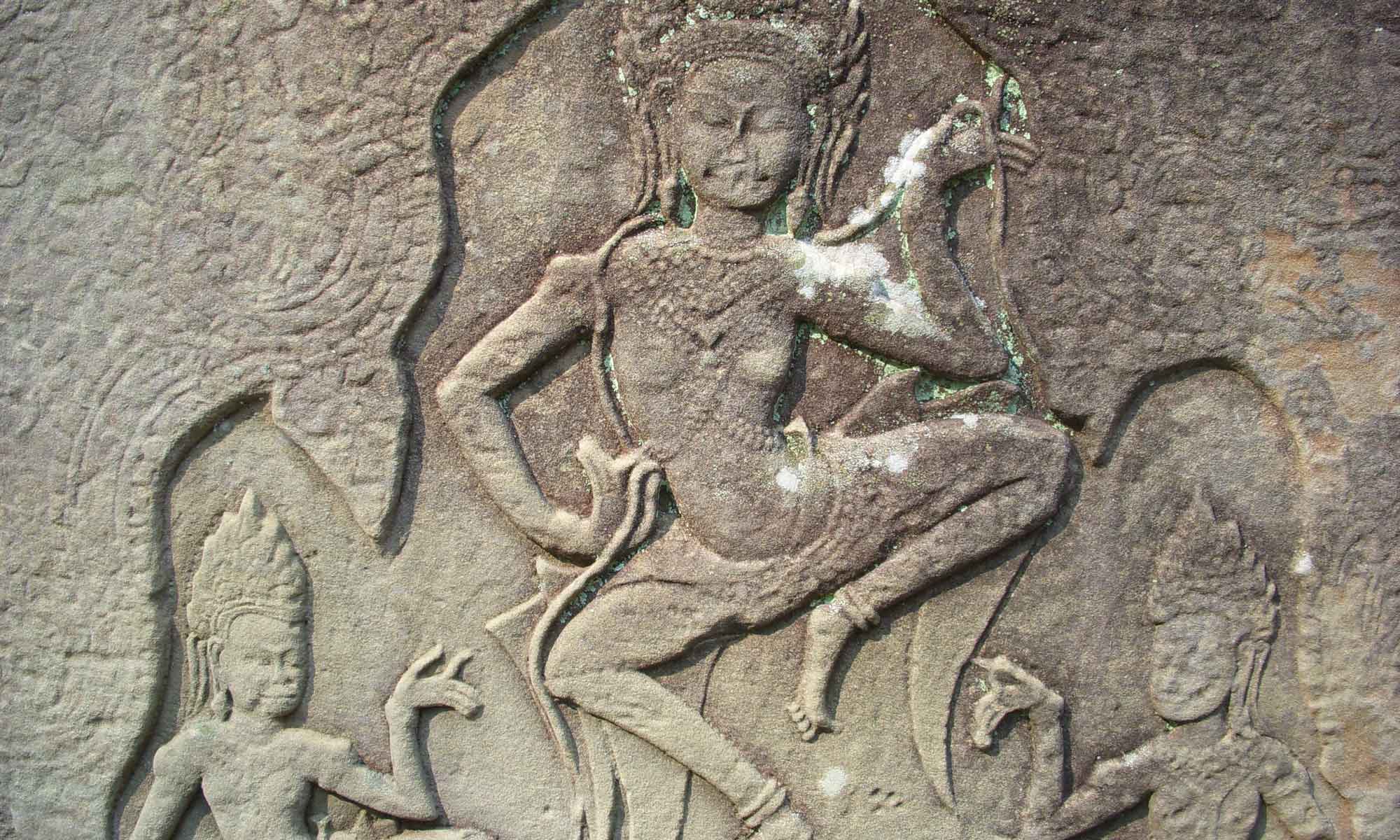“Shepenwepet II Kushite God’s Wife of Amun”
with Dr. Solange Ashby
Thursday, February 8, 2024 at 3 PM Eastern Time
REGISTER HERE

Early European visitors and researchers viewed their findings in Egypt through a narrow lens of cultural assumptions. Dr. Solange Ashby provides us with a corrective to persistent but outmoded theories, making clear that Nubian women held roles of ritual, political, and economic power in the Twenty-fifth Dynasty.
Shepenwepet II was a royal woman of the Kushite dynasty from ancient Nubia (now northern Sudan) who arrived in Egypt during the time of her family’s reign as Egypt’s Twenty-Fifth Dynasty (747-656 BCE). She was the daughter of king Piankhy and sister of the pharaoh Taharqa. Shepenwepet herself held the powerful religious and economic role of the God’s Wife of Amun (GWA), the highest-ranking religious leader of the preeminent temple of Amun at Karnak (Thebes/Egyptian: Waset).
This paper will explore the religious rites performed by the GWA as related to the Beautiful Feast of Valley and the Decade Festival. Both of these celebrations consisted of processions from the temples of the east bank of the Nile (primarily Karnak) across the river to visit various temples on the west bank of the river (Small Temple of Amun, funerary complex of Hatshepsut at Deir el Bahari, and the temple-tombs in the Asasif and South Asasif areas). The Kushite revival of the office of God’s Wife of Amun, created for the earlier queens of the Eighteenth Dynasty (ca. 1520 BCE), incorporated new elements of the central role played by royal women in Kush. Shepenwepet II represents the trifecta of power – ritual, political, and economic.

Solange Ashby received her Ph.D. in Egyptology from the University of Chicago. Dr. Ashby’s expertise in sacred ancient languages, including Egyptian hieroglyphs, Demotic, and Meroitic, underpins her research into the history of religious transformation in Northeast Africa. Her book, Calling Out to Isis: The Enduring Nubian Presence at Philae, explores the temple of Philae as a Nubian sacred site. Her second book explores the lives of five Nubian women from history including queens, priestesses, and mothers. Dr. Ashby is an Assistant Professor in the department of Near Eastern Languages and Cultures at UCLA where she teaches Egyptology and Nubian Studies.

~~~~~~~~~~~~~~~~~~~~~~~~~~~~~
Save the date for this upcoming ASWM Salon:
Why Brigit was Born at Faughart, Co. Louth with Dr. Mary Condren
February 22, 2024 at 12 NOON Eastern Standard Time

The Salon recording will also be available to members after the event.














You must be logged in to post a comment.